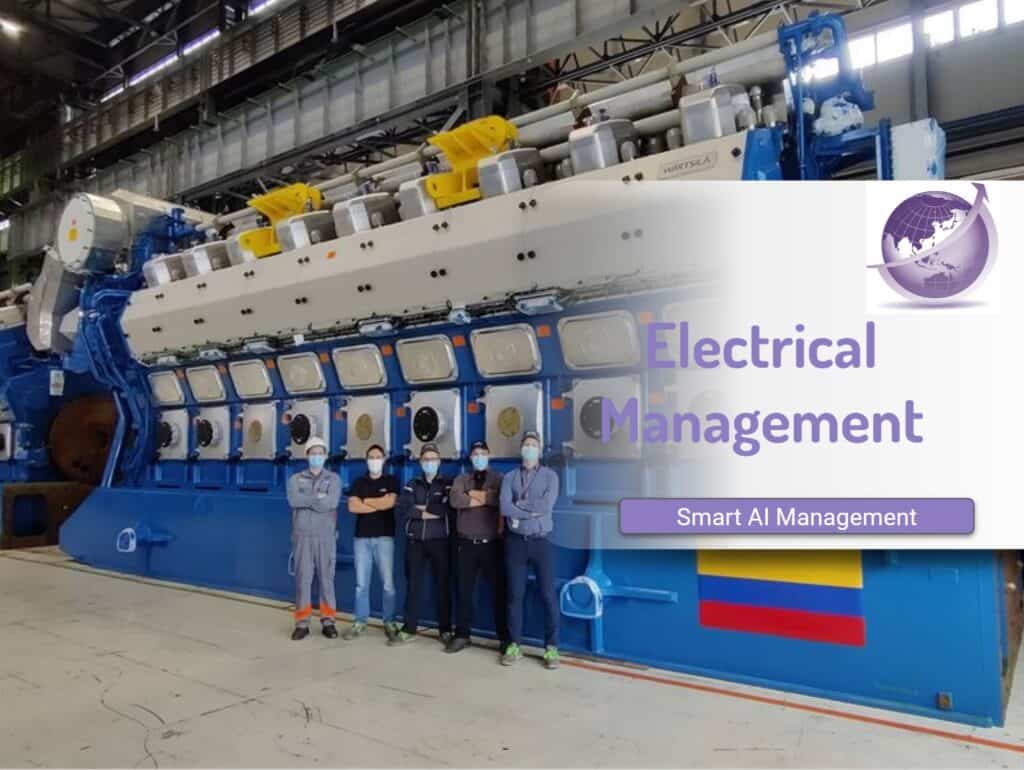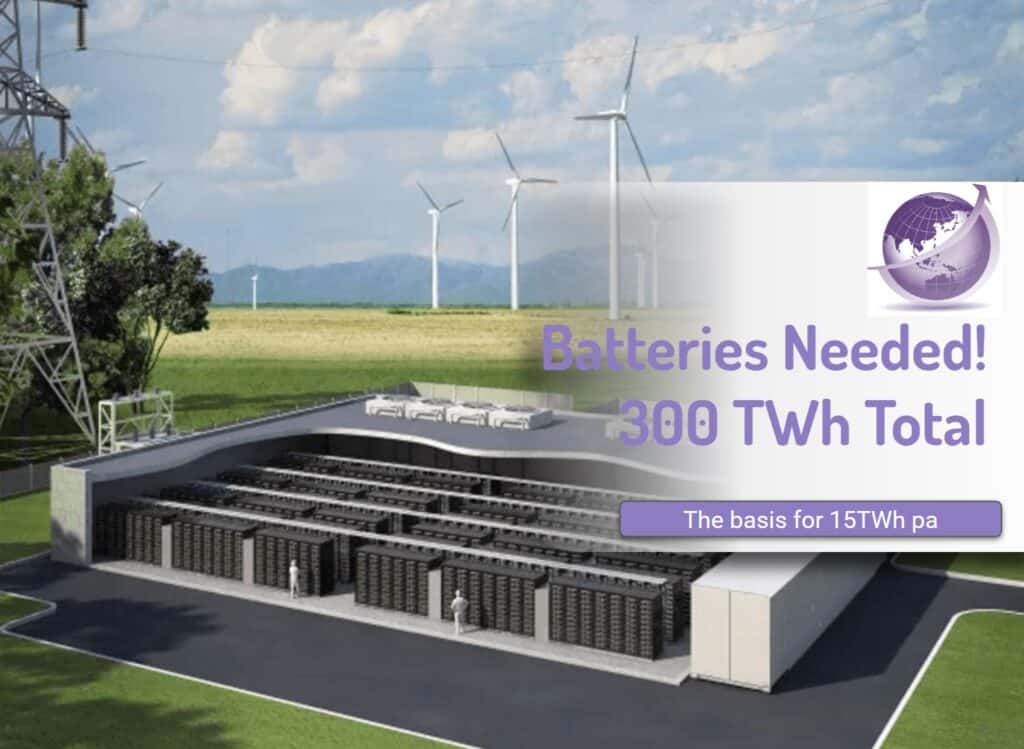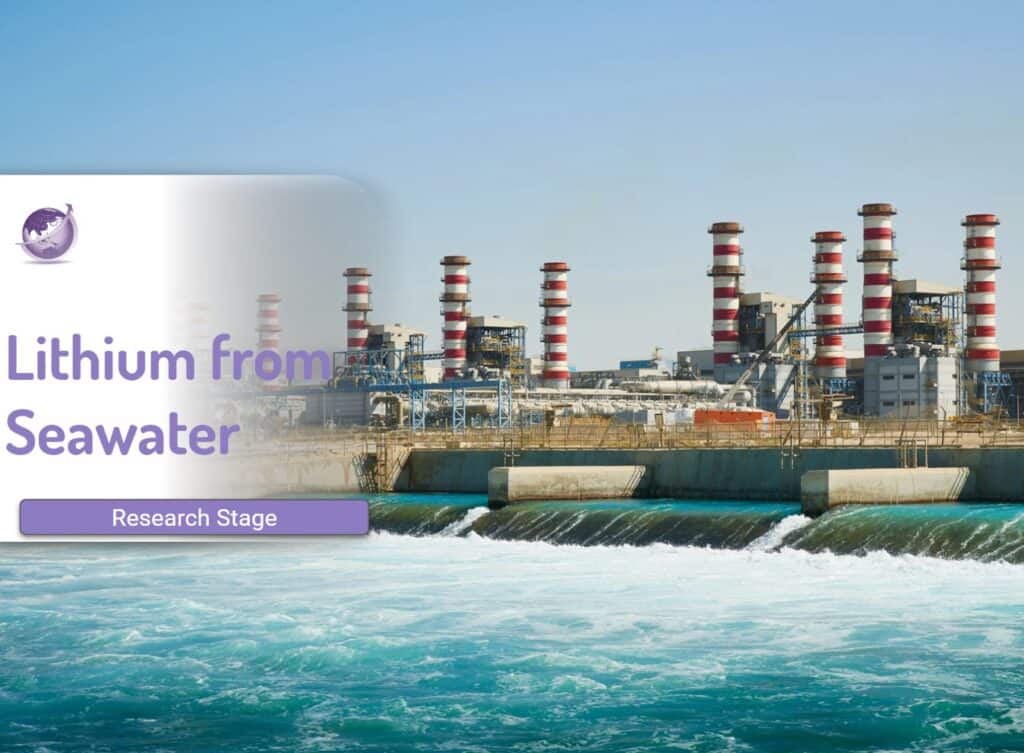The CO2 Battery technology from Energy Dome is long duration, efficient energy storage. (Other New Battery technologies here). An Italian company, based on a closed-loop thermodynamic process that efficiently stores energy by manipulating CO2 under different state conditions. The CO2 Battery can operate in charging mode (absorbing power from the grid) and discharging mode (returning power to the grid). Batteries are essential for the change to renewable Energy.
- Charging mode. Surplus electricity compresses the CO2 and the compressed CO2 is stored under pressure at ambient temperature in a high-density supercritical or liquid state.
- Discharging mode. The CO2 is expanded into a turbine and stored back into an atmospheric gas holder, releasing the energy to the grid.
- It is a closed-loop system with zero-emission to the atmosphere.
- The components are existing technology including an expander, a compressor, plus a tank. The Thermal Energy Storage Systems they call a “TES”
CO2 Battery Technology Cost Competitive?
Energy Dome claim in Inceptive Minds they say the battery can offer a Levelised Cost Of Storage (LCOS) as low as US$50-60 per MWh within a few years, whereas lithium batteries are sitting between US$132-245/MWh. (These figures appear to be too high). Community Batteries in Australia come out at $100 per MWh) Besides, Energy Dome’s thermodynamic liquid-CO2 system has a round-trip efficiency of 75-80% – higher than any other long-duration energy storage technology currently on the market, including liquid-air, compressed-air, and gravity-based solutions.
You Tube Link from the Company
Energy Bricks

Conclusion
CO2 is the perfect fluid to store energy cost-effectively in a closed thermodynamic process. CO2 is one of the few gases that is condensed and stored as a liquid under pressure at ambient temperature. These properties allows for high-density energy storage without the need to go at extreme cryogenic temperatures.
LAES (Liquid Air Energy Storage) requires cryogenic temperatures. CAES does not. Thus storage costs are much lower.
CAES technology is scalable. CO2! is abundant in many waste streams.









